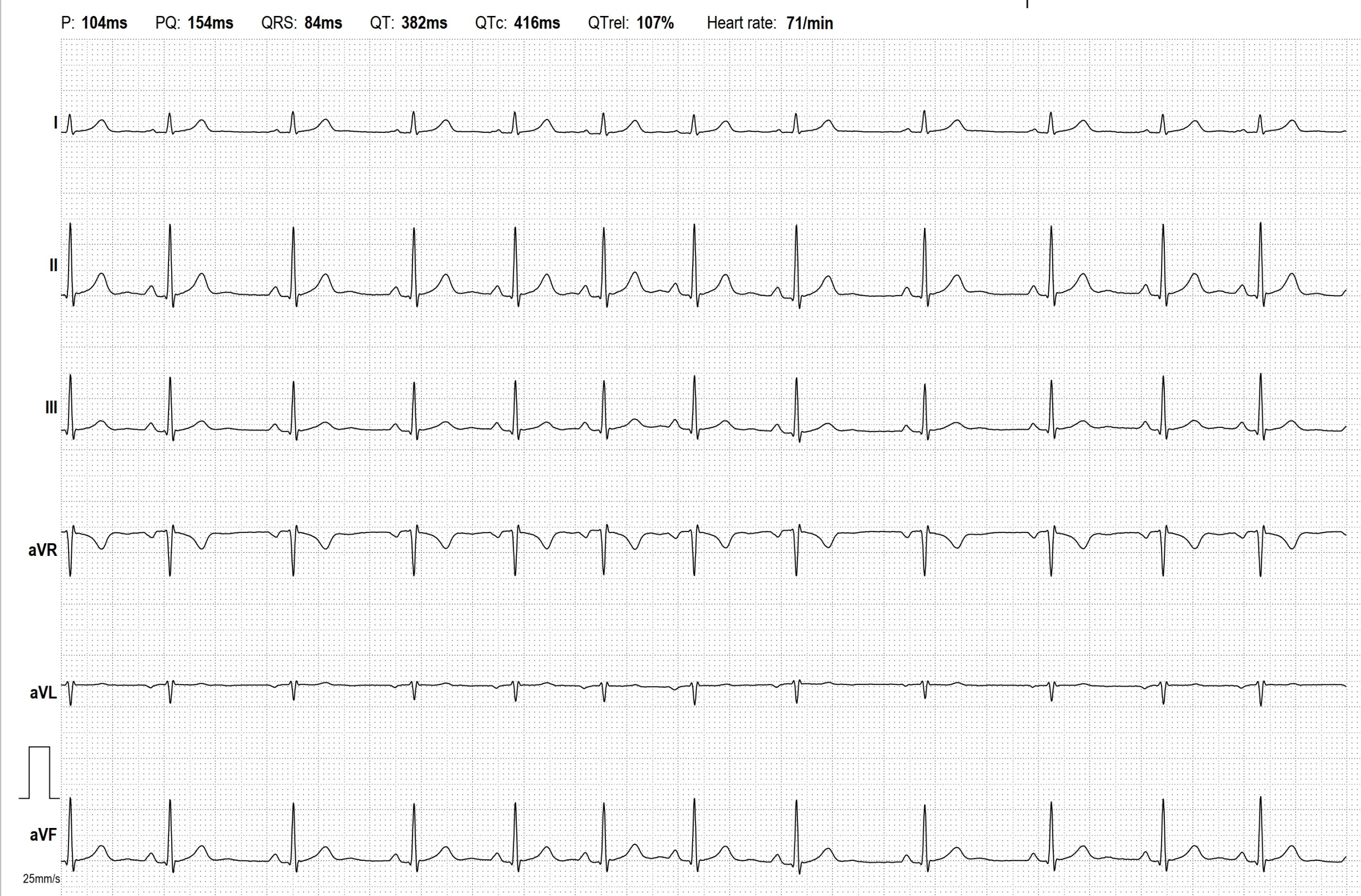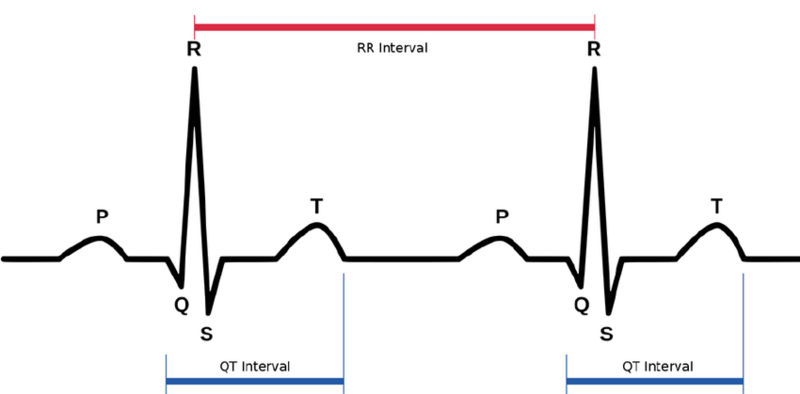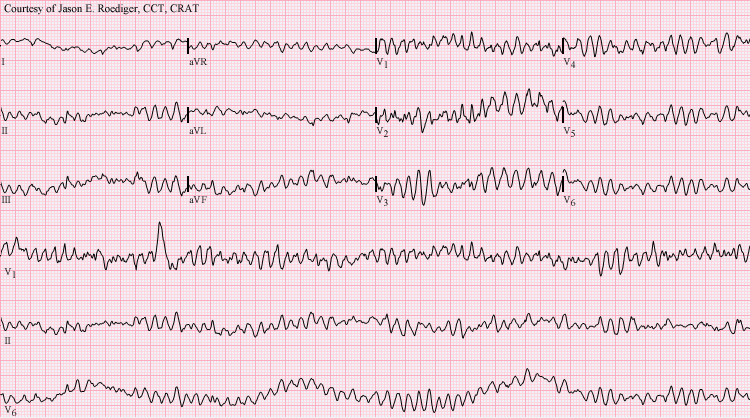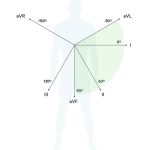Sinus arrhythmia
» If the difference between the maximum and minimum P-P (R-R) is more than 0.1 sec (or more than 10% compared to the mean), then this is sinus arrhythmia
» Respiratory arrhythmia : sinus arrhythmia is associated with the phases of breathing
» No difference in P-P values – rigid sinus node (damage to sinus node cells)


Normal rhythm :
» Must be sinus, that’s means each P wave is followed by QRS complex
» Must be regular – the difference between the longest and the shortest R-R interval does not exceed 0.1 sec
» Must be equality of all R-R intervals and P-P intervals
» If the rhythm is not sinus + not regular = atrial fibrillation (or atrial flutter with abnormal conduction)
Important notes :
» If the speed is 50 mm/sec;
1 mm = 0.02 sec
» If the speed is 25 mm/sec;
1 mm = 0.04 sec
» Normal HR : 60 : 90 beats per minute
Atrial arrhythmias
Atrial Flutter
» Frequent and regular excitation of the atria. In the atria, there are 250 to 400 impulses per minute, each of which causes a contraction of the atria
»There are no P waves on the ECG, instead F waves (similar to a sawtooth curve)
» F waves are best seen in II, III, aVF, V1, V2
» Ventricular conduction can be regular or irregular

![]()
Atrial Fibrillation
» In the atria, from 400 to 700 impulses are formed per minute, in response to which there is a contraction of groups or individual muscle fibers of the atria, but there is no coordinated atrial systole.
» Waves f (fibrillation), have different shapes, can be large and small, better detected in III, aVF and right chest leads. [ V1, V2 ]
» Conduction to the ventricles is irregular

Ventricular arrhythmias
Ventricular arrhythmia can be :
» Flutter or fibrillation, according to heart rate & no. of F-waves
» Extrasystoles any type
Ventricular Flutter
» Frequent (200-300 per minute) rhythmic excitation and CONTRACT of the ventricles, usually hemodynamically ineffective, with a rapid transition to ventricular fibrillation.
» ECG – sinusoidal curve with frequent, rhythmic, wide waves
» With ventricular flutter, it is impossible to distinguish between the isoelectric line and the elements of the ventricular complex

![]()
Ventricular Fibrillation
» Disorderly irregular excitement and contraction of individual muscle fibers at a frequency of 300-500 per minute. There are no coordinated ventricular contractions, circulatory arrest develops


RA : Right Atrium
LA : Left Atrium
RV : Right Ventricle
LV : Left Ventricle
RCA : Right coronary artery
Rt : Right
Lt : Left
mv : Milli volt
MI : Myocardial Infarction
bpm : beat per minute
LI : Lead 1
LII : Lead 2
LIII : Lead 3
LAD : Left anterior descending coronary artery
aVR : Augmented Voltage on Right arm
aVL : Augmented Voltage on Left arm
aVF : Augmented Voltage on Foot
Lcx : Left circumflex coronary artery



